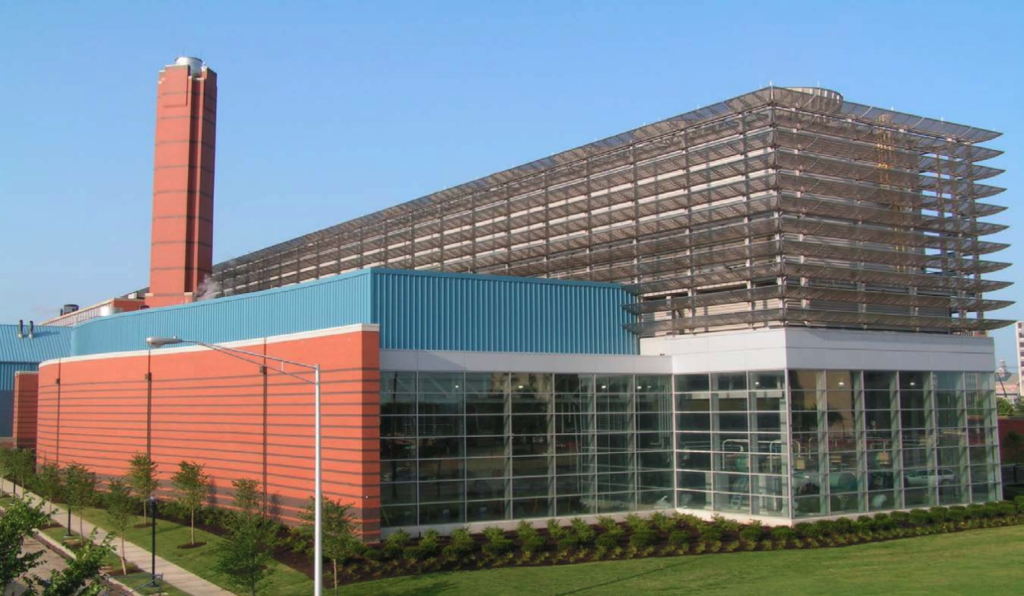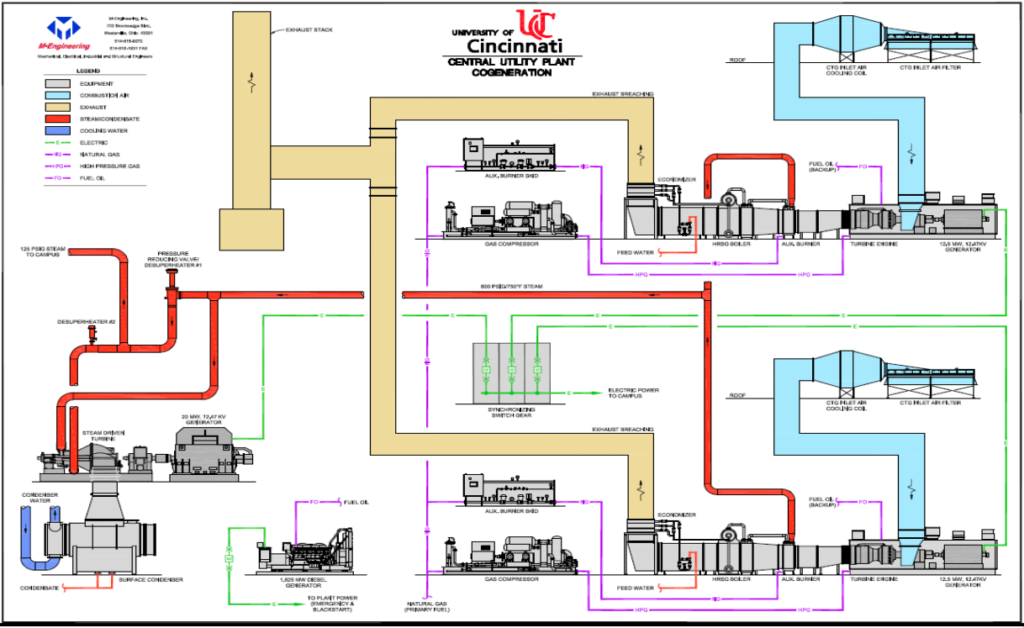April 2021 CarbonBetter® Impact Update
Every month we share the impact our customers have made through their use of CarbonBetter energy, which is included in every Provision clean energy plan. This update reflects the impact our customers made in March 2021. We’re honored to be able to provide affordable energy that makes a real difference.
Our Customers’ CarbonBetter Impact – April 2021 Update
17.5k
mWh
Provision customers funded 17,531 mWh of clean energy generation since 10/2020, which could power roughly 1,885 homes for a year.*
10.9k
tons
Provision customers offset 10,941 tons of carbon since 10/2020, which is like avoiding over 27 million miles of driving.**
12.5k
trees
Provision customers funded planting 12,481 trees since 10/2020, which may sequester 205 tons of carbon.***
Want to be included in our next impact update?
It’s easy to contribute to the positive impact we make each month. All Provision energy plans include CarbonBetter energy, which helps you make a difference while you use energy at home. Our customers help fund clean energy generation through renewable energy certificates, offset carbon through carbon credits, and plant trees to aid in reforestation and increase our natural carbon-capturing capabilities. It’s never too late to start using your energy for good.
Featured CarbonBetter Project: UC Central Power Plant

Most people don’t know that the University of Cincinnati is independent of the power grid because it has developed its own energy infrastructure, which provides electricity, heat, and air conditioning to about 100 buildings on campus and several hospitals. Provision recently purchased renewable energy certificates that help fund the school’s Central Utility Plant. These RECs help support the plant’s ability to provide a clean and efficient power source to the campus.
Renewable Energy Certificates Explained
100% renewable electricity included automatically in every Provision electricity supply plan, and we use renewable energy certificates, or RECs, to deliver on our clean energy promise. Homes are connected to the power grid by transmission lines, and the electricity that’s supplied is derived from a variety of generation resources, both renewable and non-renewable. This is because when clean energy is generated and put on the grid, it’s mixed with other fuel sources there, making it difficult for environmentally conscious consumers to supply their homes with 100% clean energy. Provision ensures more clean energy is put on the grid by funding renewable generators through the purchase of RECs. These certificates fund electricity generation equal to the volume consumed by Provision customers, thus leading to a cleaner grid and delivering on pour 100% clean energy promise. So far this year, Provision customers helped fund over 36,000 mWh of renewable electricity using RECs.
A Focus on Efficiency in Generation and Usage
The Central Utility Plant at the University of Cincinnati is a cogeneration plant that supplies electricity, steam, and chilled water. A benefit of a combined heat and power system is the power is cleaner and more efficient than power provided by large utilities. Efficiency for the UC cogeneration system is between 70% and 85% (Source: Department of Facilities and Utilities, 2009). On the other hand, traditional power plants run by utilities are only an average of 30% and 40% efficient. The cogeneration plant produces less waste, so it uses less fuel and produces fewer greenhouse gas emissions.
Collaboration between the utilities team and the facilities team is crucial to the success of UC’s energy program – they pair cleaner generation with lower usage to ensure the campus is as efficient as possible. Through routine maintenance, buildings are rehabbed and upgraded with improved energy efficiency features, and students and staff are encouraged to turn off lights and reduce energy use. The school also integrates students in educational opportunities and competitions related energy production and usage. The University of Cincinnati culture appears purpose-built to support smart and responsible energy production and usage.
A Cleaner Future: Leaving Coal Behind
Before the plant went green nine years ago, coal was burned to keep the lights on all over the campus. Power generation and distribution are the most greenhouse gas-intensive activities on the campus, so making the switch to a more efficient and environmentally safe system has created the most significant impact. UC switched from burning coal to burning pellets that are made from wastepaper that cannot be recycled. When they found the pellets release chlorine when burned, students worked on an alternative that would address this concern, and they are reportedly in the process of getting a patent on what they invented.
In order to power the expansive campus, there is an intricate underground tunnel system. The tunnels run over 13,947 feet and use 35,509 feet of steam pipes and 32,889 feet of chilled water pipes. With the Central Utility Plant, the University has been able to provide 99.98% reliability of utilities all day, every day.

Provision Customers are Using their Energy for Good
The renewable energy certificates Provision purchased support the Central Utility Plant in efficiently creating electricity, heat, air conditioning, and hot water – ultimately helping to drive the effort to keep the local community and campus a clean energy environment. We look forward to the opportunity to support the University of Cincinnati’s clean energy efforts again in the future.
Every Provision Customer Makes a Difference
About CarbonBetter Impact Calculations:
*The typical home in your area uses 9,300 kWh of electricity per year.
**https://www.epa.gov/energy/greenhouse-gases-equivalencies-calculator-calculations-and-references#gasoline
***https://www.epa.gov/energy/greenhouse-gases-equivalencies-calculator-calculations-and-references#seedlings
Impact is calculated based on customers’ billings in the impact month, but planting, funding, and offsetting may not happen in that month. These activities must align with planting seasons and project life cycles to be effective. If you have any questions, please contact us at hello@getprovision.com.




